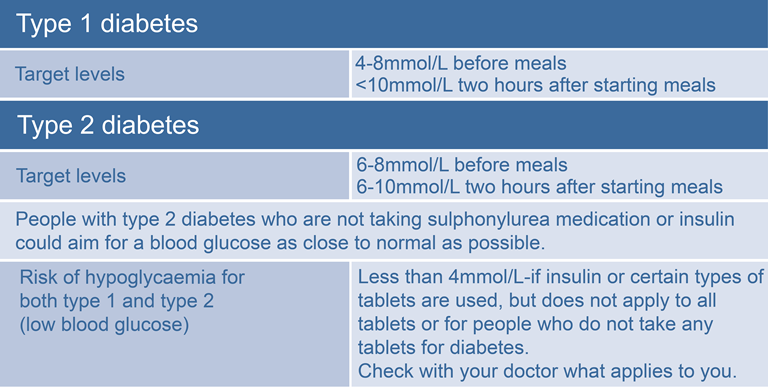Diabetes Mellitus, or more commonly known as diabetes, is characterised by an elevated fasting blood glucose level. Why does this occur? Well, the body can go through adaptations where it is no longer able to either secrete correct levels of insulin or use insulin that has been secreted.
Symptoms:
Complications/comorbidities of Diabetes:
- Leading cause of blindness in working age adults
- Leading cause of kidney failure and dialysis
- Increases the risk of heart attacks and stroke by up to four times
- Major cause of limb amputations
- Affects mental health as well as physical health. Depression, anxiety and distress occur in 30%+ of diabetics
- Increased thirst
- High levels of urine
- Feeling tired and lethargic
- Increased hunger
- Slow healing cuts
- Skin infections/itchiness
- Blurred vision
- Unexplained weight loss (T1DM)
- Gradual increase in weight (T2DM)
- Mood swings
- Headaches
- Feeling dizzy
- Leg cramps
TYPE 2 (T2DM)
T2DM can be due to a combination of genetics and environmental factors. The pancreas is able to and does secrete insulin to control the BGLs but the cells do not respond effectively to the insulin and therefore are unable to take up the glucose and convert it into energy.
It is important to note that while there are genetic predispositions, the risk of being diagnosed with this type of diabetes is increased exponentially by certain lifestyle factors – high blood pressure, overweight/obesity, insufficient physical activity (PA), poor diet and the classic “apple shape” body where extra body weight is carried around the waist.
T2DM is the most common form of diabetes prevalent in 85-90% or all people with diabetes. Generally speaking, the older population has a greater risk but these days, experts are finding that more and more younger individuals are developing T2DM.
TYPE 1 (T1DM)
The body’s immune system has destroyed the insulin producing cells in the pancreas leading to the body’s inability to effectively take up glucose and turning it into energy. This causes glucose to build up in the blood stream. Too much glucose in the blood stream damages organs – in particular, kidneys, heart and eyes.
Those with T1DM are required to inject themselves with insulin on a daily basis in order to control their glucose levels. They must also test their blood glucose levels (BGLs) several times a day. Approximately 10-15% of diabetes cases are T1DM. Generally speaking, this type of diabetes occurs in individuals under 30 years but can be found at any stage in life.
Where Should Your BGLs Be?

Exercise and Peripheral Neuropathy
There is evidence to support that exercise in conjunction with good diabetic control can reduce the risk of peripheral neuropathy. Low impact strength, balance and flexibility can help the pain associated with the condition as well as help manage BGLs.
Exercising with peripheral neuropathy is safe, there is just a couple of things to remember:
- Avoid weight bearing exercises if an active lesion is present
- Avoid sources of infection if an existing lesion is present




